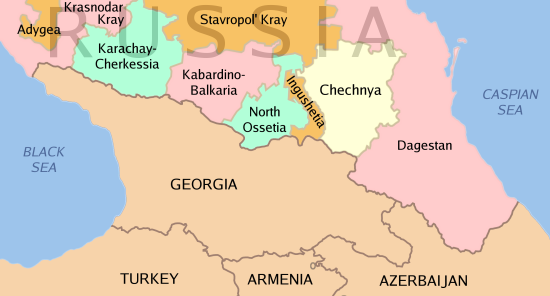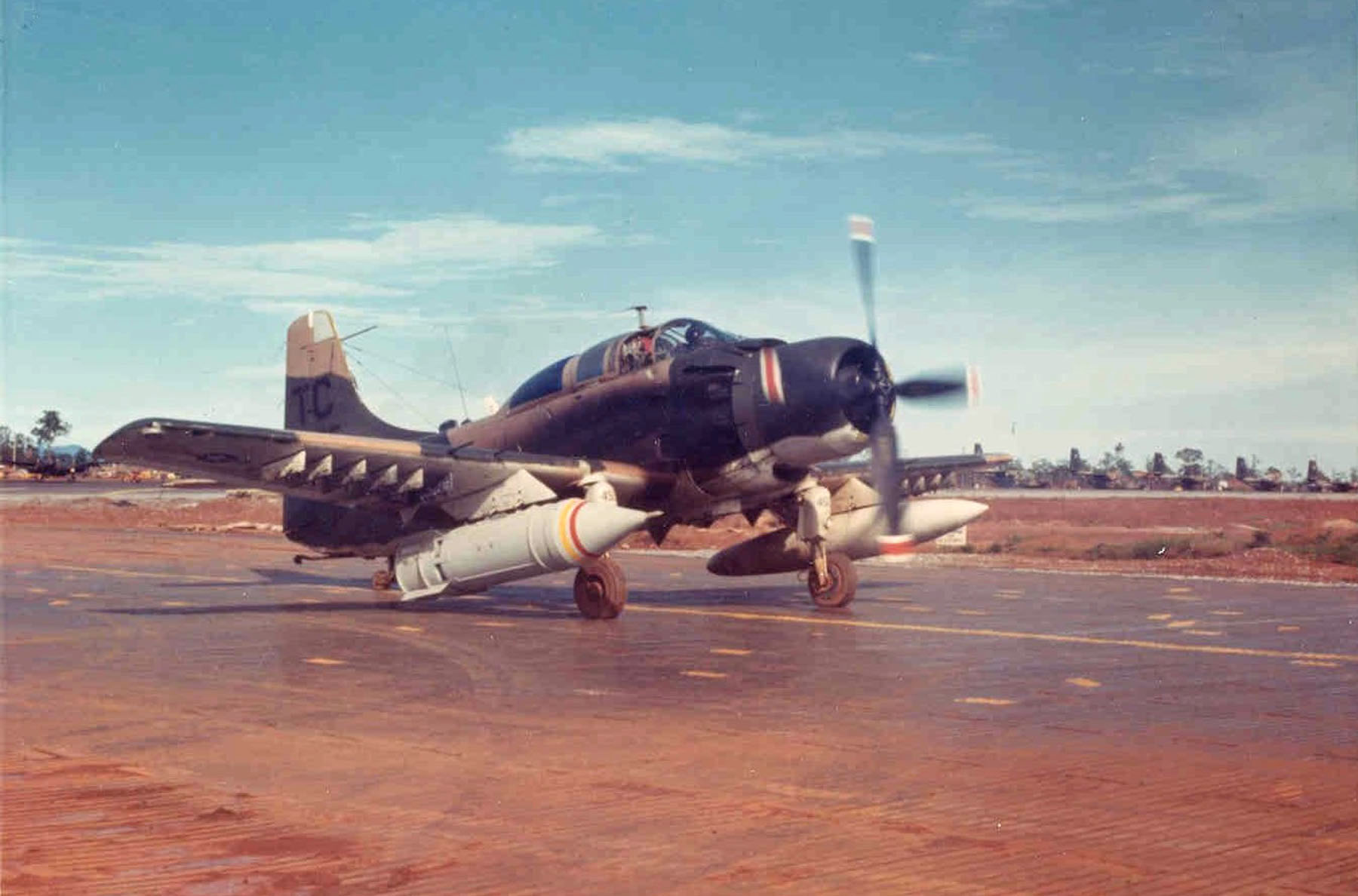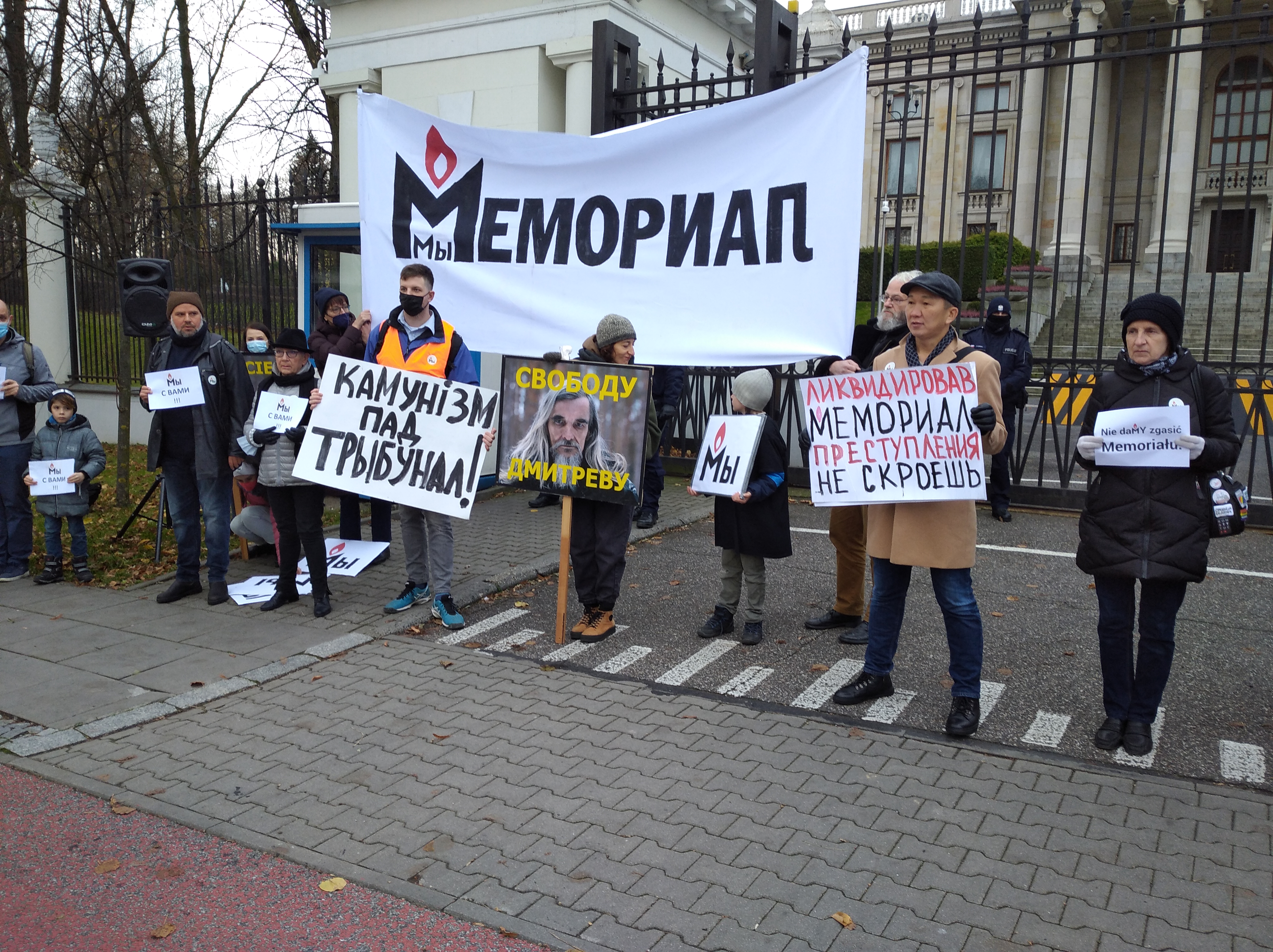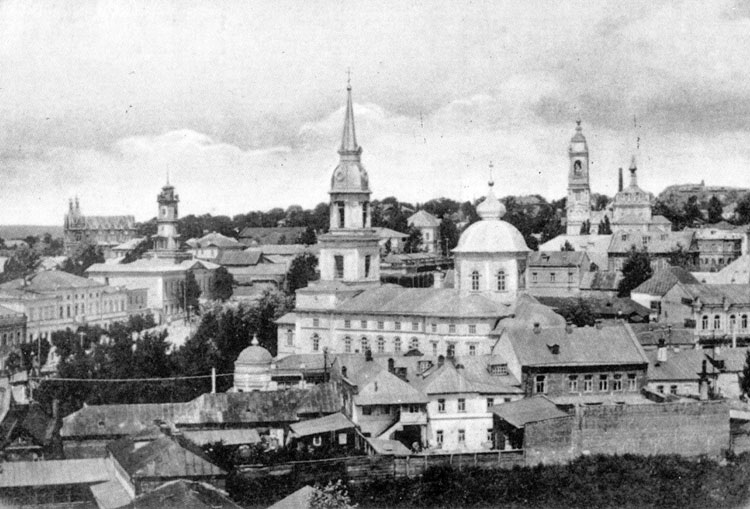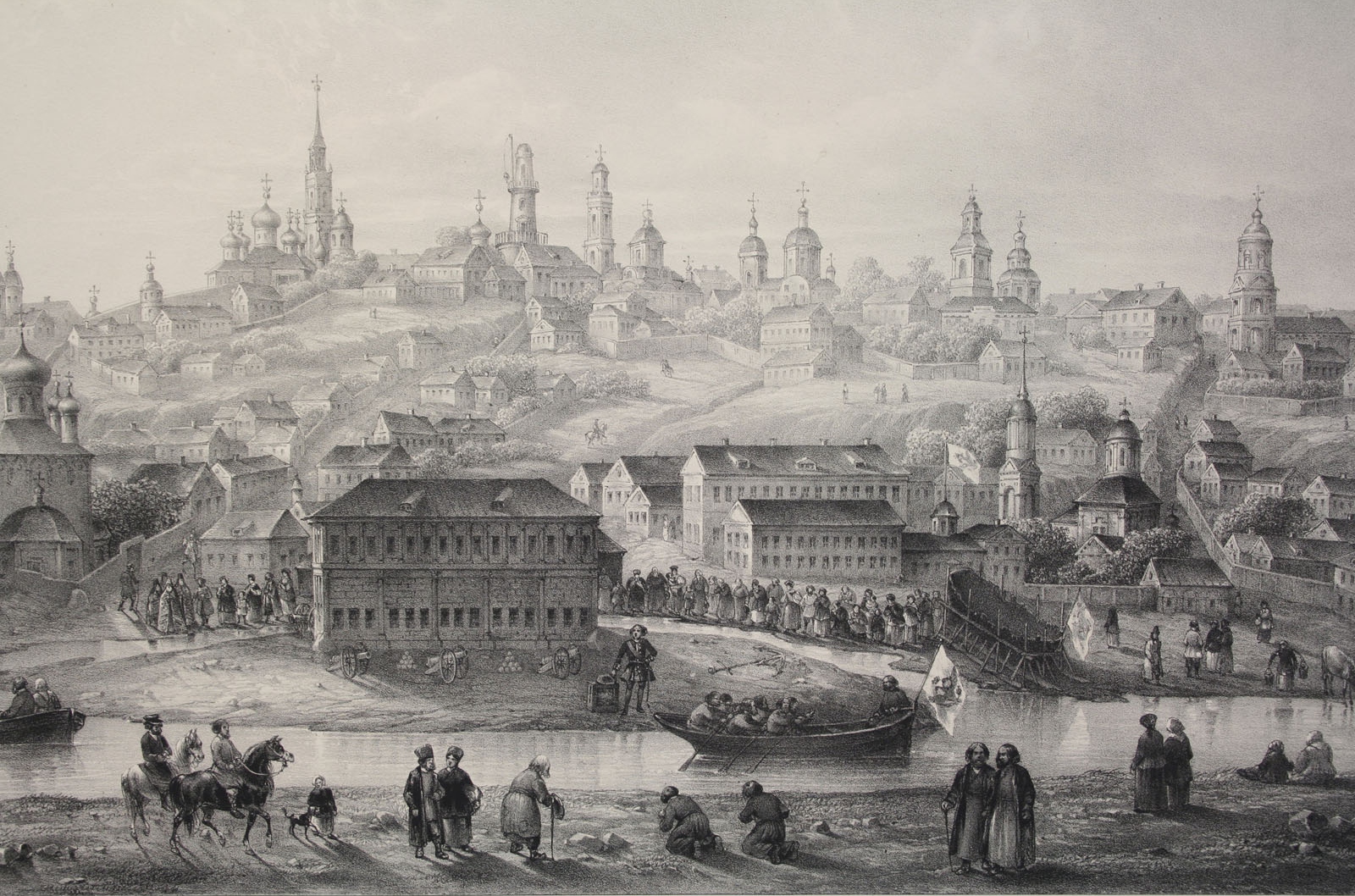|
Battle Of Komsomolskoye
The Battle of Komsomolskoye took place in Chechnya during the Second Chechen War. Beginning on 6 March 2000 and lasting until 24 March 2000, it resulted in the deaths of more than 50 Russian soldiers and hundreds of Chechen militants over the course of two weeks of siege warfare. An unknown number of civilians were killed in the fighting as well. The fighting resulted in the destruction of most of the Chechen separatist units commanded by Ruslan Gelayev. Scores of Chechens were taken prisoner by the Russian military, and only a few survived the ensuing Komsomolskoye massacre. Marked by fierce urban combat, the Battle of Komsomolskoye was the bloodiest of the entire conflict. Engagement Komsomolskoye (Chechen: Saadi-Kotar) (not to be confused with Komsomolskoye in the Gudermessky District, near the border with Dagestan), a village of some 5,000 residents before the war, was a southern suburb of the Chechen capital of Grozny, and hometown of the autonomous Chechen separatist comma ... [...More Info...] [...Related Items...] OR: [Wikipedia] [Google] [Baidu] |
Second Chechen War
Names The Second Chechen War is also known as the Second Chechen Campaign () or the Second Russian Invasion of Chechnya from the Chechens, Chechen insurgents' point of view.Федеральный закон № 5-ФЗ от 12 января 1995 (в редакции от 27 ноября 2002) "О ветеранах" Historical basis of the conflict Russian Empire Chechnya is an area in the North Caucasus, Northern Caucasus which has constantly fought against foreign rule, including the Ottoman Turks in the 15th century. The Russian Terek Cossacks, Terek Cossack Host was established in lowland Chechnya in 1577 by free Cossacks who were resettled from the Volga to the Terek River. In 1783, the Russian Empire and the Georgia (country), Georgian Kingdom of Kartli-Kakheti signed the Treaty of Georgievsk, under which Kartli-Kakheti became a Russian protectorate. To secure communications with Georgia (country), Georgia and other regions of the Transcaucasia, the Russian Empire ... [...More Info...] [...Related Items...] OR: [Wikipedia] [Google] [Baidu] |
Argun River (Caucasus)
The Argun (, , , ka, არღუნი, ), also known as Chantiy-Argun, cognate with one of the biggest Chechen teips Chantiy, is a river in the Caucasus. It flows through the northern Caucasus, Georgia (country), Georgia, and the Chechnya, Chechen Republic of Russia. It is an affluent of the Sunzha (river), Sunzha and lies within the river basin of the Terek (river), Terek. It is long, and has a drainage basin of . The river has its sources on the northern slopes of the Caucasus in Khevsureti, Georgia. The Argun flows in western Chechnya through the Itum-Kalinsky District, Itum-Kalinsky and Shatoysky District, Shatoysky districts. This area was the first place where the Chechen people, Chechens established themselves. Many ruins of former villages built in the traditional style can still be seen. The Argun serves as a natural border between the Shalinsky District, Chechnya, Shalinsky and the Groznensky Districts. The occupation of its valley by the Russians in 1858 was an impor ... [...More Info...] [...Related Items...] OR: [Wikipedia] [Google] [Baidu] |
Thermobaric Weapon
A thermobaric weapon, also called an aerosol bomb, or a vacuum bomb, is a type of explosive munition that works by dispersing an aerosol cloud of gas, liquid or powdered explosive. The fuel is usually a single compound, rather than a mixture of multiple substances. Many types of thermobaric weapons can be fitted to hand-held launchers, and can also be launched from airplanes. Terminology The term ''thermobaric'' is derived from the Greek words for 'heat' and 'pressure': ''thermobarikos'' (θερμοβαρικός), from ''thermos'' (θερμός) 'hot' + ''baros'' (βάρος) 'weight, pressure' + suffix ''-ikos'' (-ικός) '-ic'. Other terms used for the family of weapons are high-impulse thermobaric weapons, heat and pressure weapons, vacuum bombs, and fuel-air explosives (FAE). Mechanism File:Dust explosion 00.jpg, Experimental setup File:Dust explosion 01.jpg, Finely-ground flour is dispersed File:Dust explosion 02.jpg, Cloud of flour is ignited File:Dust explosion 03. ... [...More Info...] [...Related Items...] OR: [Wikipedia] [Google] [Baidu] |
Memorial (society)
Memorial ( rus, Мемориал, p=mʲɪmərʲɪˈaɫ) is an international human rights organisation founded in Russia during the fall of the Soviet Union to study and examine the Human rights in the Soviet Union, human rights violations and other crimes committed under Joseph Stalin's reign. Subsequently, it expanded the scope of its research to cover the entire Soviet period. Memorial is the recipient of numerous awards, among others the Nobel Peace Prize in 2022 Nobel Peace Prize, 2022. Prior to its dissolution in Russia in early 2022, it consisted of two separate legal entities, Memorial International, whose purpose was the recording of the crimes against humanity committed in the Soviet Union, particularly during the Stalinist era, and the Memorial Human Rights Centre, which focused on the human rights defender, protection of human rights, especially in conflict zones in and around modern Russia. A movement rather than a unitary system, as of December 2021 Memorial encompa ... [...More Info...] [...Related Items...] OR: [Wikipedia] [Google] [Baidu] |
Human Rights Watch
Human Rights Watch (HRW) is an international non-governmental organization that conducts research and advocacy on human rights. Headquartered in New York City, the group investigates and reports on issues including War crime, war crimes, crimes against humanity, Child labour, child labor, torture, human trafficking, and Women's rights, women's and LGBTQ rights. It pressures governments, policymakers, companies, and individual abusers to respect human rights, and frequently works on behalf of refugees, children, migrants, and political prisoners. The organization was founded in 1978 as Helsinki Watch, whose purpose was to monitor the Soviet Union's compliance with the 1975 Helsinki Accords. Its separate global divisions merged into Human Rights Watch in 1988. The group publishes annual reports on about 100 countries with the goal of providing an overview of the worldwide state of human rights. In 1997, HRW shared the Nobel Peace Prize as a founding member of the International C ... [...More Info...] [...Related Items...] OR: [Wikipedia] [Google] [Baidu] |
Los Angeles Times
The ''Los Angeles Times'' is an American Newspaper#Daily, daily newspaper that began publishing in Los Angeles, California, in 1881. Based in the Greater Los Angeles city of El Segundo, California, El Segundo since 2018, it is the List of newspapers in the United States, sixth-largest newspaper in the U.S. and the largest in the Western United States with a print circulation of 118,760. It has 500,000 online subscribers, the fifth-largest among U.S. newspapers. Owned by Patrick Soon-Shiong and published by California Times, the paper has won over 40 Pulitzer Prizes since its founding. In the 19th century, the paper developed a reputation for civic boosterism and opposition to Trade union, labor unions, the latter of which led to the Los Angeles Times bombing, bombing of its headquarters in 1910. The paper's profile grew substantially in the 1960s under publisher Otis Chandler, who adopted a more national focus. As with other regional newspapers in California and the United Sta ... [...More Info...] [...Related Items...] OR: [Wikipedia] [Google] [Baidu] |
Kursk
Kursk (, ) is a types of inhabited localities in Russia, city and the administrative center of Kursk Oblast, Russia, located at the confluence of the Kur (Kursk Oblast), Kur, Tuskar, and Seym (river), Seym rivers. It has a population of Kursk is the oldest city in the oblast, recorded in 1032 as part of the Kievan Rus'. It became the seat of a small eponymous principality in the 13th century, before passing to Grand Duchy of Lithuania, Lithuanian rule in the Late Middle Ages, late medieval period, and then to Grand Duchy of Moscow, Moscow in the early modern period. Kursk has served as the seat of regional administration since 1779. The area around Kursk was the site of a turning point in the Soviet–German struggle during World War II and the site of the Battle of Kursk, single largest battle in history. Geography Urban layout Kursk was originally built as a fortress city on a hill dominating the plain. The settlement was surrounded on three sides by the Kur (Kursk Oblast), K ... [...More Info...] [...Related Items...] OR: [Wikipedia] [Google] [Baidu] |
Irkutsk
Irkutsk ( ; rus, Иркутск, p=ɪrˈkutsk; Buryat language, Buryat and , ''Erhüü'', ) is the largest city and administrative center of Irkutsk Oblast, Russia. With a population of 587,891 Irkutsk is the List of cities and towns in Russia by population, 25th-largest city in Russia by population, the fifth-largest in the Siberian Federal District, and one of the largest types of inhabited localities in Russia, cities in Siberia. Located in the south of the eponymous oblast, the city proper lies on the Angara River, a tributary of the Yenisei River, Yenisei, about 850 kilometres (530 mi) to the south-east of Krasnoyarsk and about 520 kilometres (320 mi) north of Ulaanbaatar. The Trans-Siberian Highway (Federal M53 and M55 Highways) and Trans-Siberian Railway connect Irkutsk to other regions in Russia and Mongolia. Many distinguished Russians were sent into exile in Irkutsk for their part in the Decembrist revolt of 1825, and the city became an exile-post for the ... [...More Info...] [...Related Items...] OR: [Wikipedia] [Google] [Baidu] |
Voronezh
Voronezh ( ; , ) is a city and the administrative centre of Voronezh Oblast in southwestern Russia straddling the Voronezh River, located from where it flows into the Don River. The city sits on the Southeastern Railway, which connects western Russia with the Urals and Siberia, the Caucasus and Ukraine, and the M4 highway (Moscow–Voronezh– Rostov-on-Don– Novorossiysk). In recent years the city has experienced rapid population growth, rising in 2021 to 1,057,681, up from 889,680 recorded in the 2010 Census, making it the 14th-most populous city in the country. History Foundation and name The first chronicle references to the word "Voronezh" are dated 1177, when the Ryazan prince Yaropolk, having lost the battle, fled "to Voronozh" and there was moving "from town to town". Modern data of archeology and history interpret Voronezh as a geographical region, which included the Voronezh river (tributary of the Don) and a number of settlements. In the lower rea ... [...More Info...] [...Related Items...] OR: [Wikipedia] [Google] [Baidu] |
SOBR
The Special Rapid Response Unit or SOBR (), from 2002 to 2011 known as OMSN (''Otryad Militsii Spetsial'nogo Naznacheniya'', Special Police Unit), is a spetsnaz unit of the National Guard of Russia (Rosgvardiya).With their military equipment, uniforms and training, the OMON and SOBR constitute a rapid reaction and rapid insertion paramilitary police force available to the regular police - normally deployable at the discretion of a police local command. They serve a similar function to a police tactical unit (PTU). Groups named "SOBR" also operate in other post-Soviet countries - such as Kazakhstan and Kyrgyzstan. History SOBR was formed on 10 February 1992, and was subordinated to the "Directorate for combating the Organized Crime" under the Russian Interior Ministry ( MVD). SOBR units were composed of senior-ranking police officers, better trained than the members of OMON (which is a cross between riot police and gendarmerie (paramilitary police)), and tasked with PTU oper ... [...More Info...] [...Related Items...] OR: [Wikipedia] [Google] [Baidu] |
OMON
OMON is a system of military special police units within the Armed Forces of Russia. It previously operated within the structures of the Soviet and Russian Ministries of Internal Affairs (MVD). Originating as the special forces unit of the Soviet Militsiya in 1988, it has played major roles in several armed conflicts during and following the 1991 dissolution of the Soviet Union. OMON is much larger and better known than SOBR, another special-police branch of the National Guard of Russia. In modern contexts, OMON serves as a riot police group, or as a gendarmerie-like paramilitary force. OMON units also exist in Belarus, Kazakhstan, Tajikistan, and other post-Soviet states. However, some post-Soviet units have changed names and acronyms. Russian speakers commonly refer to OMON officers as ''omonovtsy'' (; singular: omonovyets – ). On 5 April 2016 OMON became part of the newly-established National Guard of Russia, ending its years as part of the MVD. The MVD continues to ... [...More Info...] [...Related Items...] OR: [Wikipedia] [Google] [Baidu] |
